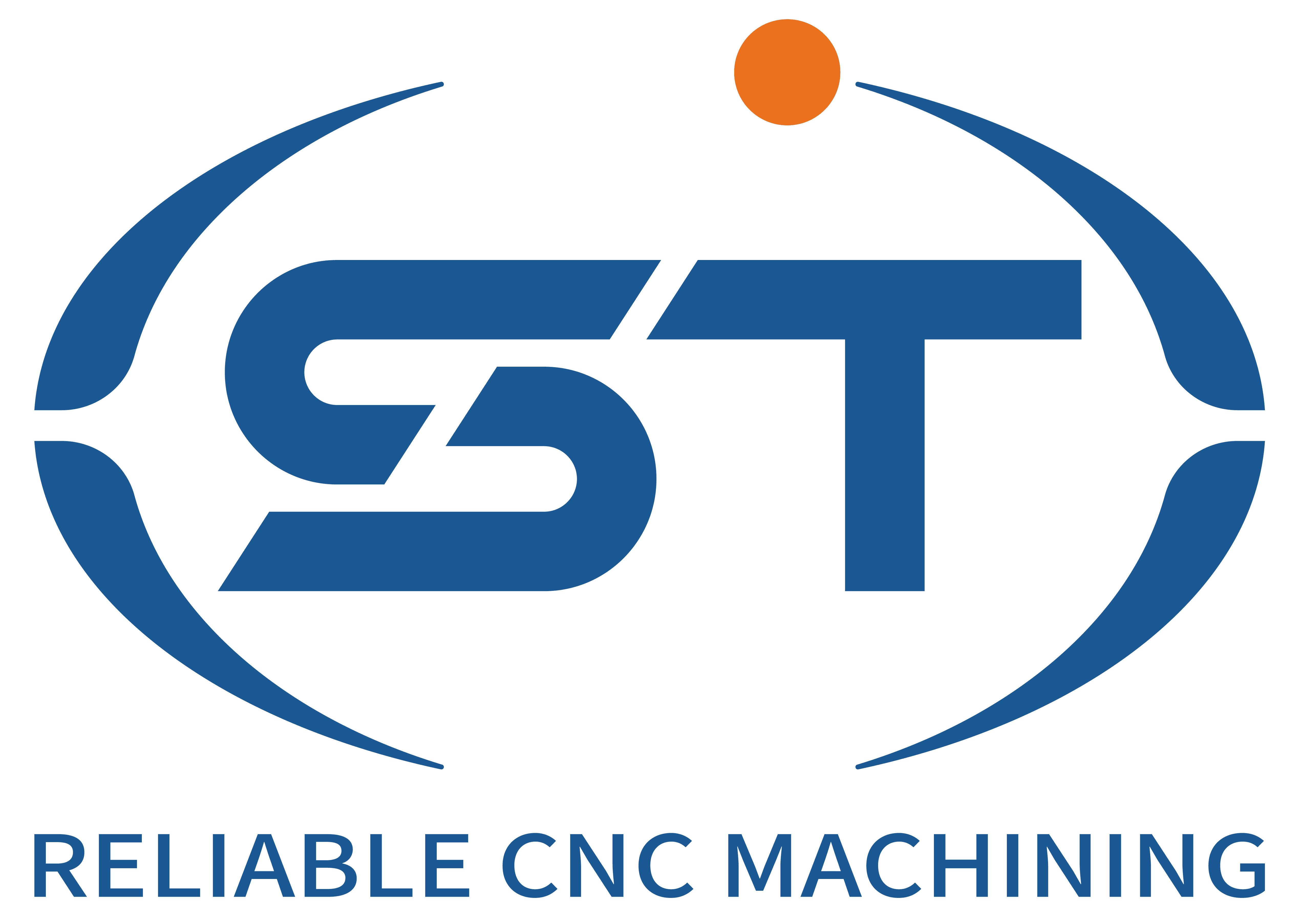CNC Lathe Types Tailored for Automotive Component Manufacturing
The automotive industry demands high precision, efficiency, and versatility in CNC lathes to produce components like shafts, gears, and brake discs with strict tolerances. Selecting the right machine type involves evaluating factors such as spindle configuration, axis control, and material compatibility to address the unique challenges of automotive part production.
Table of Contents
ToggleMulti-Axis CNC Lathes for Complex Geometries
Automotive parts often feature intricate designs, such as splined shafts or cam profiles, requiring simultaneous control over multiple axes. Multi-axis CNC lathes, which typically include X, Z, and C axes (with optional Y or B axes for additional mobility), enable machining of complex geometries in a single setup. This capability reduces part handling and alignment errors, critical for components like steering knuckles or driveshafts that demand precise mating surfaces. For example, a multi-axis lathe can machine a tapered section and a keyway on a driveshaft without repositioning the workpiece, ensuring concentricity and dimensional accuracy.
Live Tooling Integration for Secondary Operations
To streamline production, many automotive CNC lathes incorporate live tooling, allowing drilling, milling, or tapping operations to be performed without transferring the part to a separate machine. This integration is particularly valuable for components like wheel hubs, which require both turning and cross-drilling. By using live tooling, manufacturers can complete these operations in one cycle, reducing cycle times and minimizing the risk of damage during part transfer. Additionally, live tooling supports the use of angular contact bearings or high-speed spindles, enabling efficient machining of hardened materials commonly used in automotive applications.
High-Speed CNC Lathes for Mass Production Efficiency
Automotive manufacturing often involves high-volume production of parts like pistons or crankshafts, where cycle time directly impacts profitability. High-speed CNC lathes are designed to maximize material removal rates while maintaining precision, featuring rapid spindle acceleration and fast feed rates. These machines typically use linear guides and high-performance servo motors to achieve high dynamic response, reducing non-cutting time during tool changes or rapid traverses. For instance, when roughing a forged crankshaft blank, a high-speed lathe can remove large volumes of material quickly, followed by precision finishing passes to achieve the required surface finish and dimensional accuracy.
Thermal Stability for Consistent Quality
High-speed machining generates significant heat, which can cause thermal expansion and affect part dimensions. To mitigate this, automotive CNC lathes often incorporate thermal compensation systems that adjust toolpaths or machine settings based on temperature readings from sensors placed near the spindle or bed. This ensures that components like connecting rods, which require tight tolerances to function correctly in an engine, maintain their specifications even during prolonged production runs. Additionally, some machines use symmetric bed designs or cooled spindles to minimize thermal distortion, further enhancing stability.
Swiss-Type CNC Lathes for Small, High-Precision Parts
Certain automotive components, such as fuel injector nozzles or sensor housings, are small and require micro-level precision. Swiss-type CNC lathes excel in this area by supporting the workpiece with a guide bushing close to the cutting tool, reducing vibration and deflection during machining. This setup allows for tight tolerances and excellent surface finishes, even on long, slender parts. For example, when manufacturing a fuel injector needle, a Swiss-type lathe can achieve a surface roughness of Ra 0.2 µm while maintaining a diameter tolerance of ±0.005 mm, ensuring proper fuel atomization and engine efficiency.
Multi-Tasking Capabilities for Complex Micro-Components
Swiss-type lathes are also equipped with secondary spindles and live tooling, enabling them to perform turning, milling, and drilling operations in a single setup. This multi-tasking capability is advantageous for automotive micro-components that require multiple features, such as threads, grooves, or holes, in a compact space. By eliminating the need for part reorientation, manufacturers can reduce setup times and improve process reliability, which is critical for components like ABS wheel speed sensors that must function reliably under harsh operating conditions.
Heavy-Duty CNC Lathes for Large-Scale Components
Some automotive parts, such as differential housings or truck axles, are large and heavy, requiring machines with robust construction and high torque capabilities. Heavy-duty CNC lathes feature large bed sizes, powerful spindles, and rigid tooling systems to handle these demanding workpieces without sacrificing precision. These machines often use box-way designs for enhanced stability and can accommodate workpieces weighing several tons. For example, when machining a differential housing, a heavy-duty lathe can apply sufficient force to cut through thick walls while maintaining the flatness and parallelism required for proper gear meshing.
Rigid Tooling Systems for High-Force Machining
To withstand the cutting forces generated during heavy-duty machining, automotive CNC lathes are equipped with rigid tooling systems, such as heavy-duty turrets or gang tooling, that resist deflection and vibration. These systems support the use of large-diameter cutting tools or indexable inserts, enabling efficient material removal and extended tool life. Additionally, some machines incorporate chip management systems, such as high-pressure coolant or automatic chip conveyors, to ensure uninterrupted machining of large components by preventing chip buildup and overheating.
By selecting CNC lathes tailored to the specific requirements of automotive components—whether for complex geometries, high-speed production, micro-precision, or heavy-duty applications—manufacturers can optimize their processes to meet the industry’s demanding standards for quality, efficiency, and reliability.




